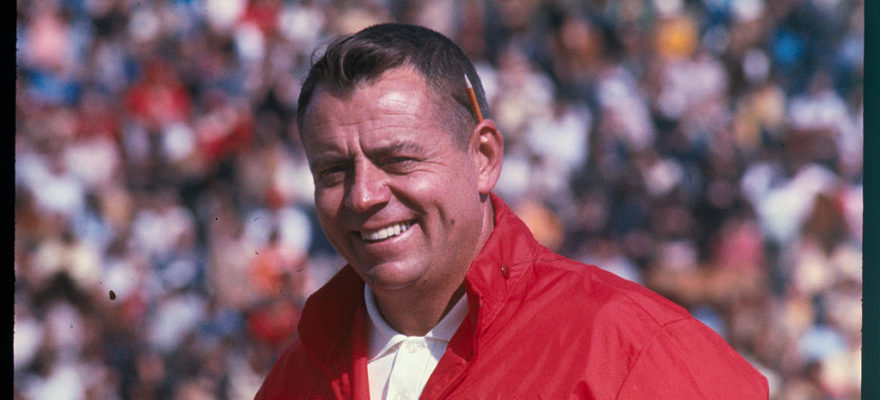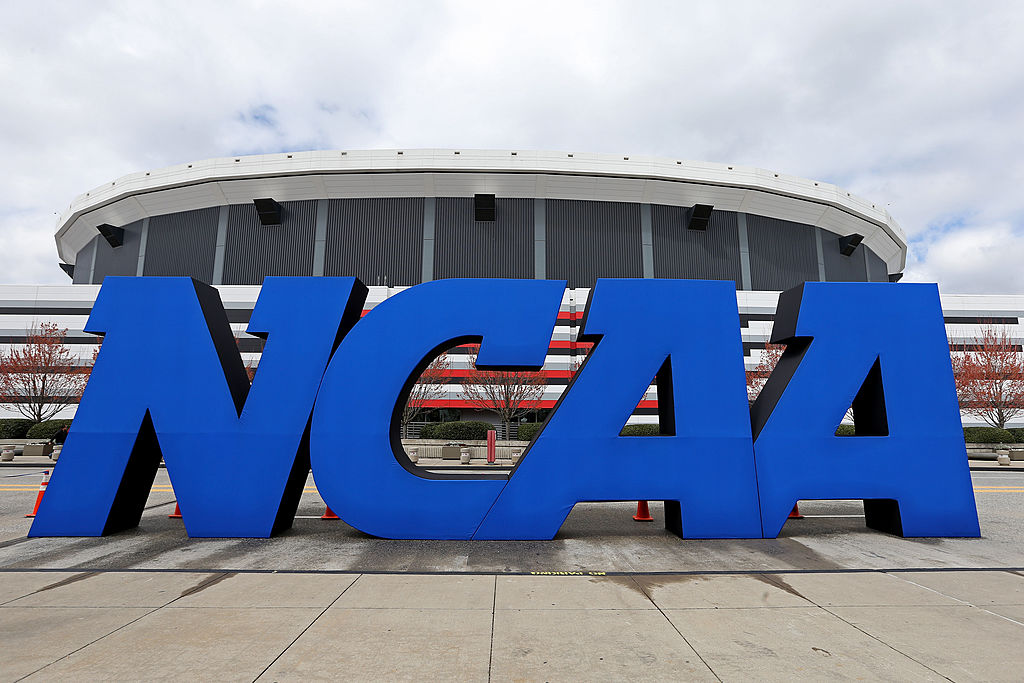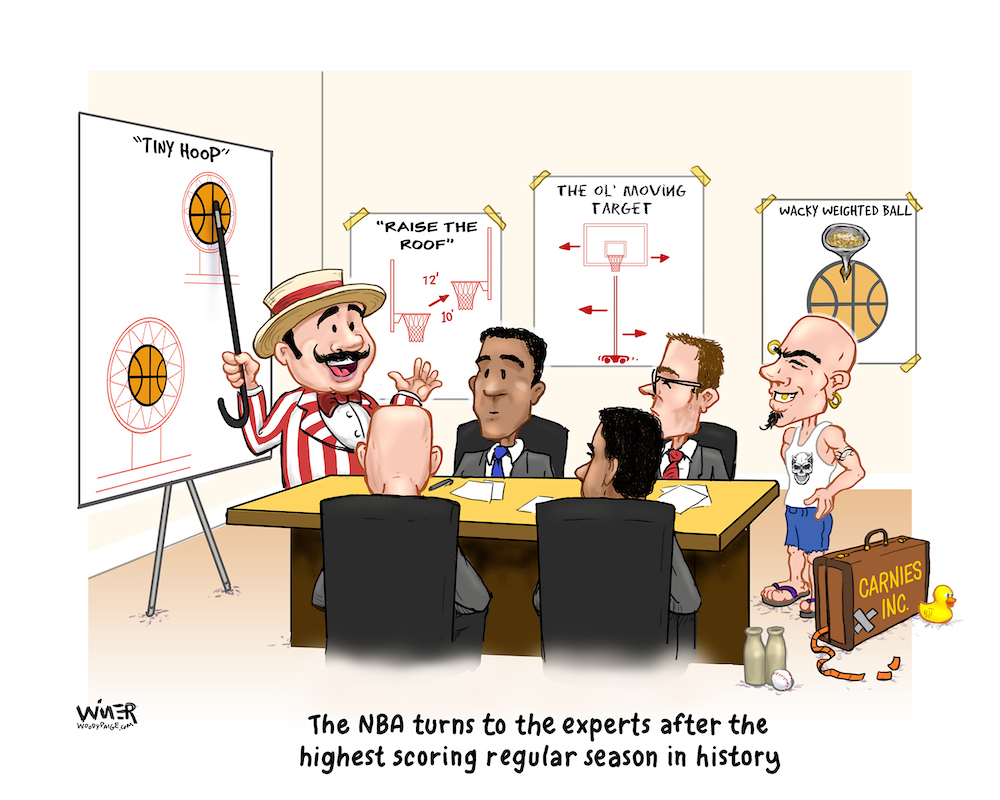John Ralston never received his proper respect and honorable sendoff from Denver or the Broncos.
As I wrote after last talking to him in February 2016, the week of Super Bowl 50, “Ralston is forgotten, and he has forgotten.’’
Two of the Most Valuable Persons in Broncos history — one the owner, the other a former coach — have been lost to the long-term complications caused by Alzheimer’s. Pat Bowlen passed away June 13 in Denver; John Ralston died peacefully Sept. 14 in Sunnydale, Calif. Both were suffering with the debilitating disease when the Broncos won their last Super Bowl.
Bowlen was home in Cherry Hills; Ralston was in an assisted living facility 12 miles from Levi Stadium.
Under Bowlen, the Broncos became champions. Under Ralston, the Broncos became competitive.
A moment of silence celebrated Bowlen’s life before the Broncos’ game with the Bears.
Everyone in Colorado should take a moment Sunday, prior to the Broncos’ game in Green Bay, to reflect on Ralston.
He was the first Broncos coach to beat the Packers 44 seasons ago this month. His Broncos also won at Lambeau Field in a 1974 exhibition.
Unfortunately, so many Broncos’ fanatics are not familiar with Ralston, and too many others fail to recall his accomplishments in Denver or as a coach.
After serving in World War II in the South Pacific as a corporal, Ralston played linebacker at Cal-Berkeley and became a high school coach. Eventually, he was named the coach at Stanford — where John Elway would play years later and Victor Fangio would be defensive coordinator for a season.
Ralston guided Stanford back to the Rose Bowl, after a 19-year absence, in 1971-72 for consecutive victories over undefeated Ohio State and Michigan.
Four days after the second bowl victory, Ralston agreed to join the Broncos in the dual role of general manager-coach. He brought Dale Carnegie-type optimism to Colorado, but John’s first season produced a 5-9 record.
In 1973, the Broncos had their first winning season at 7-5-2. They were 7-6-1 the second year, then 6-8. But, in 1976, the Broncos finished a respectable 9-5 and barely out of the NFL postseason.
These are some of his achievements as coach and GM:
- Under Ralston, the Broncos sold out every home game, and, in 1974, a municipal bond issue to expand Mile High to 75,000 seats was passed.
- The Broncos, in five seasons, won against 13 teams, including the Packers, that had played in the NFL before the merger with the AFL, tied their first Monday night game 23-23 — against the Raiders — and won their first Thanksgiving game in Detroit.
- The Broncos ended up second in the division four straight seasons — after being second only once previously since 1960.
- He drafted, traded for and signed as free agents more than 65 players who would become starters for the Broncos. Seven of his drafted players would be selected to the Pro Bowl. Otis Armstrong rushed for more than 1,000 yards twice; Rick Upchurch became the best punt-kick returner-receiver in the league; Lyle Alzado developed into an All-Pro defensive end; and the foursome of Randy Gradishar, Tom Jackson, Joe Rizzo and Bob Swenson would be the NFL’s best linebacking unit.
Ralston was chosen the AFC Coach of the Year in ’73.
Eleven Ring of Famers played for Ralston, and Floyd Little is in the Hall of Fame. He drafted Gradishar, Jackson, Louis Wright and Upchurch, and traded for Charley Johnson, Haven Moses and Jim Turner. Ralston was the Broncos’ best talent evaluator.
He also hired Joe Collier as defensive coordinator, and the Broncos’ defense, as I nicknamed it in ’76, became “The Orange Crush.’’
Yet, toward the end of the season, a dozen veteran players turned on Ralston in what I referred to as “The Mutiny On The Broncos.’’ Franchise owners Gerald and Allan Phipps gave in to the players and fired Ralston as coach. The embittered Ralston resigned two weeks later as GM.
The Broncos won 12 of 14 games in 1977 and advanced to their first Super Bowl. Ralston’s slogan had been “Win 12, go to and win Super Bowl.’’ Seventeen starters, and 15 backups from the Ralston era were on the Super Bowl roster.
Ralston was an NFL assistant and an executive and coach in the USFL. He coached in Canada, Europe and the Soviet Union before becoming coach at San Jose State from 1993-96 for $75,000 a year. He served as a special assistant to the athletic director for years until retiring.
He was named to the Stanford, San Jose State, Utah State, Rose Bowl and Bay Area sports halls of fame and the College Football Hall of Fame.
He has not been named to the Broncos Ring of Fame.
John returned to Denver once to visit his son Larry, who would die of AIDS at 37, and was talked into touring the new stadium. He saw no reminders of his time in Denver. But another man on the tour said: “Aren’t you John Ralston?’’ At last, he was recognized by somebody.
“He never got over what happened with the Broncos,’’ his life partner Virginia Fanelli told me when I showed up at the Ralston home only a short drive from the Broncos’ hotel at SB 50. John recently had agreed to move to the Belmont Village, a senior care center.
She and a center’s executive allowed me to become the last member of the media to meet with Ralston. We sat at a small table in the lunchroom as he sipped soup.
I reintroduced myself. I met him at his office at Broncos headquarters in May 1974.
Now, John grasped my hand across the table as I asked how he was doing. “OK.’’
I said that the Broncos were in their eighth Super Bowl, and that he had established the quality level for their success from seasons 1977-2015. He didn’t look up.
“Thank you, sir, for what you did in Denver.’’
“Good,’’ he replied and turned his attention to his spoon.
If the Broncos win Sunday, they should consider: “This one’s for John Ralston.’’
This column originated in the Colorado Springs Gazette.

















